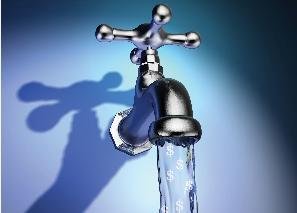Most people know that having lead in your water is dangerous. However, what does that actually mean?
According to the EPA, the recommended maximum contaminant level for lead in water is zero. Lead is harmful to adults at any level of exposure and can lead to higher cardiovascular effects, blood pressure, hypertension, a decline in kidney function, and even reproduction issues.
Unfortunately, lead is even more harmful to children. Children have a much lower tolerance to lead than adults and can experience harsher effects from a smaller level of exposure. Some of these effects include slower growth, behavioral issues, lower IQ, hearing problems, and anemia.
While the side effects of lead exposure can be terrifying, there are many ways to protect yourself against lead poisoning. Lead often enters water via corroded plumbing pipes. Contamination can occur from lead pipes, faucets, and fixtures.
The Safe Drinking Water Act was established to help preserve the quality of drinking water and to help prevent lead poisoning. The law places a higher level of protection on all sources of drinking water. It provides protection from both natural and man-made contaminants.
The Act states that the use of any pipe or plumbing fixture that is not lead-free in any public water system or residential facility is prohibited after June 1986.
If you live in an older home that was built before 1986 and you’re worried about having lead pipes, there are ways to test your water to ensure that it is lead-free. According to CNN, your local water supplier will likely come and test your water for you at no charge. If that is not an option, there are at-home kits that you can use to test the water yourself.
The CDC also recommends using a “point of use” filter that has been certified by an independent testing organization to help protect you from contaminated water. You can also flush out your water by doing a load of laundry, taking a shower, or running the dishwasher before you drink or use water. This will help to reduce your exposure to lead. If you find lead in your plumbing, a definite way to stay safe is to drink bottled water.
Having lead in your water can be dangerous and terrifying, however there are many ways to stay safe including testing your water, using filters, and drinking bottled water. If you are exposed to contaminated water, contact your health care professional immediately and follow their recommendations.

